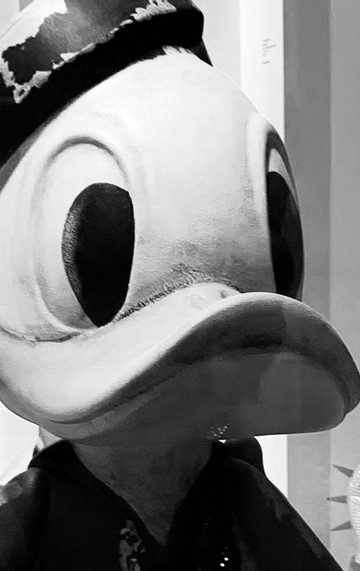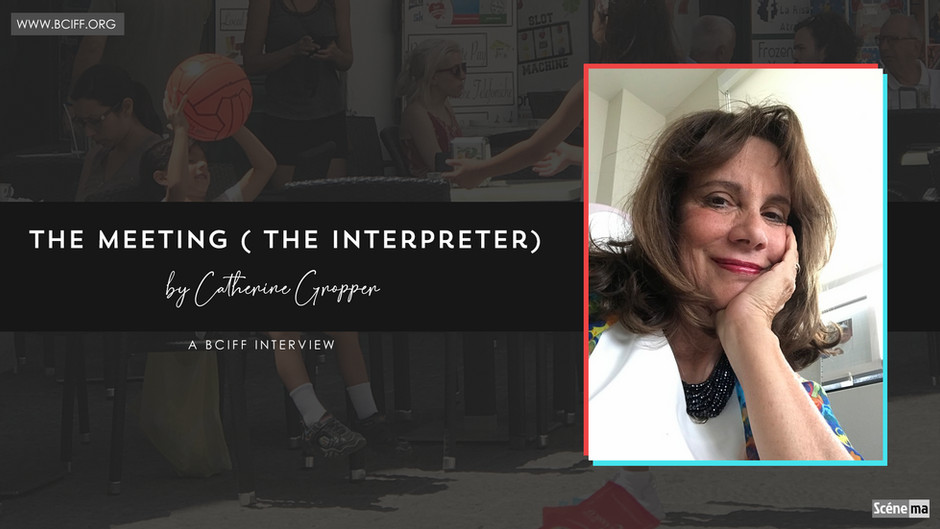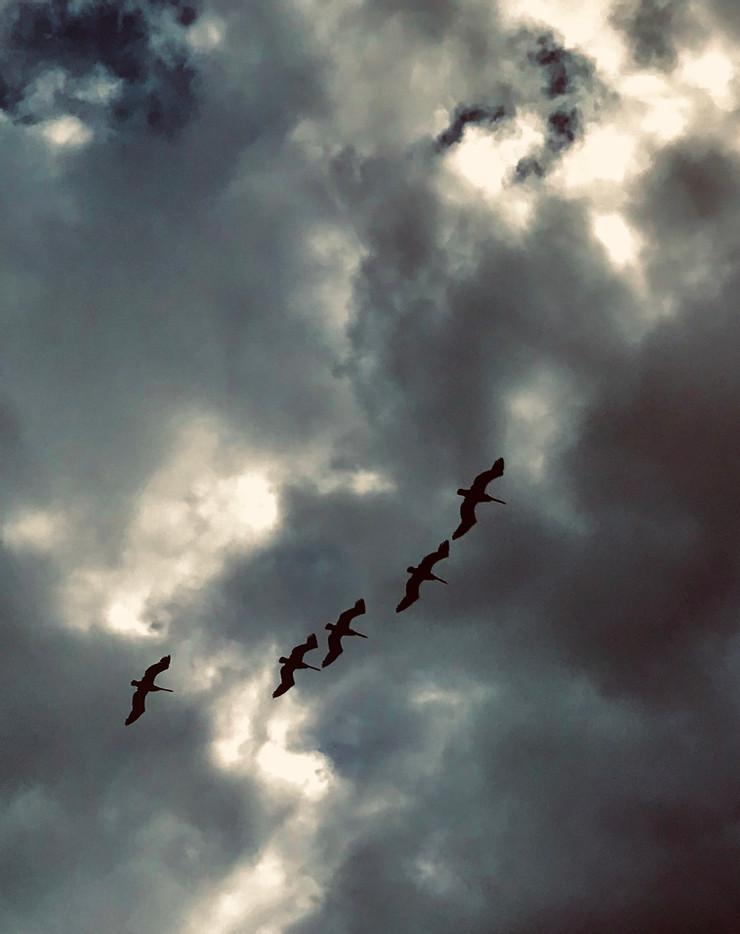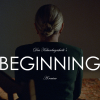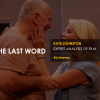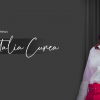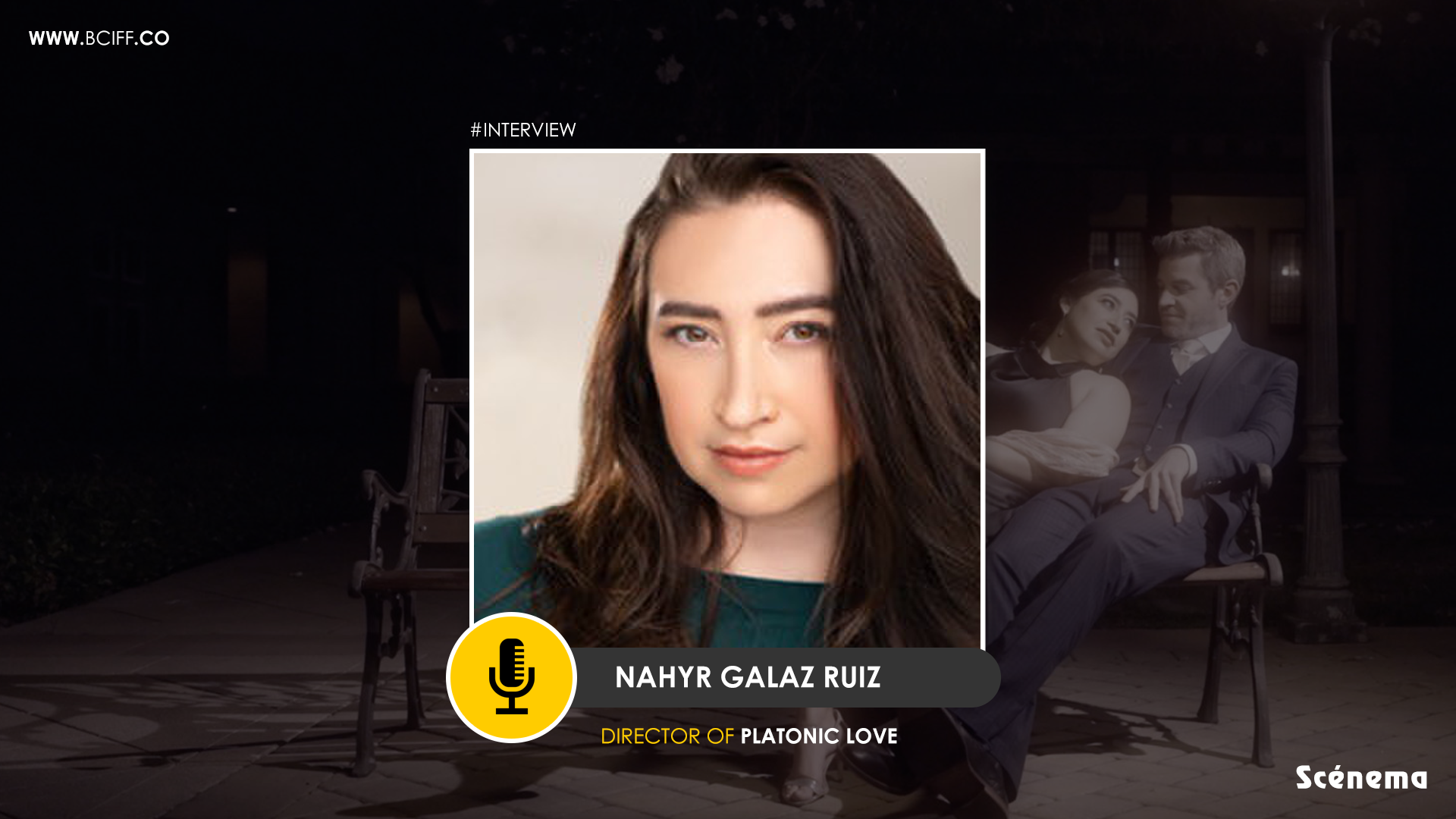Director Biography
Tents of God, 2019 wildlife conservation film festival nyc Noida Film Festival, Noida, India, honorable mention, 2019 Embers, 2001-2, Edinburgh Fringe, 4 star review The Scotsman 8/01,NYC, New York Times Review( Anita Gates ) Miss Crandall’s Classes, Mead Theatre, DC, 2009 review on line ( Salome Jens ) primary stages supporter, Clarion Choir supporter, member dramatists guild.
Director Statement
Traveling through Ravello and opera and art is contrasted to DC and interior landscapes of the interpreter ‘s mind. Meetings with the Trump Tower June 9 actual translator and interpreter
inspire this series of short videos about how the everyday man is up against the system ( politicians country fbi media slander ) revealing the inner landscape of one man who struggles and ultimately survives through epiphanies with faith and friendships.
Actual fbi and Congress testimony flesh out the characters in conflict over human right sanctions and the real meaning of living and the joy of being. Several characters , a Mata Hari type Russian attorney and partial antagonist to the main character, determine who and how we each must interpret our own existence( not dependent on family or country or government but rather on our own self vision. When and if we find it resulting in private validation. Who we are is our crusade to win so long as we ascend and share awareness of purpose, or a new way of being.
1. Hi Catherine, tell us first what was the inspiration behind this movie?
The inspiration behind this story is the interpreter himself, Anatoli Samochornov.
Our conversations led to the realization that his story, being the only interpreter at the Trump Tower meeting, was inspiring. After all, the June, 2016 infamous meeting was front and center. Sometimes the press or media took advantage blowing up the privacy of the attendees. So why not focus through an honest lens? There is a quiet, more personal reflection of a man who faced unexpected intrusion.
Listening to him, a distinct voice emerged of perhaps a man not being listened to enough. Maybe temporarily he stopped listening to himself somewhat. Like we all do sometimes. Embarking on a soul-searching journey, the interpreter represents those of us who cannot control circumstances we inadvertently find ourselves in. The work he did for his client, a Russian attorney, catapulted his life into a more public light than he imagined.
His uncanny expert ability to interpret for heads of state, Pulitzer Prize winners and presidents was no match for characters at a meeting who had other interests.
So a simple man gets caught up in a political maelstrom. This ignited what rights he or any of us really have.
Who really controls our world? The film’s opening image.
A poignant desire to reveal his own self acceptance perhaps?
Life closer to nature becomes profound . A beach, our faith, art, opera and cameradie with trusted family friends. This stuff matters.
Through listening , knowing him, it began to serve my creative source more spiritually. So when your soul speaks you are inspired to listen.
During quarantine I was inspired to create an accompanying film series opening up these themes.
A lightness of being through a painter revealing the village life around him. To be who you are instead of who others want you to be became clearer. What if that attorney expected her interpreter to be someone he was not?
Any time a writer meets anyone who makes them reinterpret life in their art inspiration is the obvious outcome.
Maybe real inspiration comes from meeting one another and witnessing who we truly are when we really listen. We talk for a brief span so that our journeys are understood through believing in each other in acceptance before we move on.
None of us ever wants to lose a part of our self so we face our shadow until we know ourselves better than before.
2. We see lots of images in the film. Does every image carry an individual meaning?
Every artist, filmmaker, playwright conscientiously make deliberate choices. Sometimes late at night a film’s image in a frame is too large or being aware of leaving one part out. That awakens an edit.
To interpret the open, honest point of view is crucial . So yes, imagery is definitely chosen. Then it is rearranged until it adds a new layer of meaning, interpretation. Like painting perhaps.
The photo image of a paper flyer “who really controls the world “ in the back pocket of a man sets up the entire story. This theme is juxtaposed against religious belief, art, people enjoyed life, all serving as liberation. Tyranny of having governments or any oppressive ordering of how we might live is examined intuitively.
Laundry as imagery , washing clothes with pride, drying them in early sunlight, are images from Amalfi villages we might have left behind. Today clothes swirl in round metal machines making noise, polluting so another symbolism of ritual is lost.
Symbolically it might be asked how are we cleansing our souls and our lives? Not just to be done with it, fast and quick ? Children continue to echo purity and joy in all of my work. Playing catch, skipping through DC fountains, grabbing the ring riding carousels, sounds of waves, such shimmering gets lost in our lives. When the Italian police motorcycle interrupts a boy’s bouncing ball, new sounds sear our senses.
So protection from such authorities’ roars of oppression, stop freedom.
Finding solace in art and in faith we question which is the more creative? Does God give us personal liberation and do we need to go through a priest to ascend ?
I love the image of just those tapered beeswax candles. Simple and unlit yet evoking prayer. This notion of what we hold quietly within is an unseen image in all I do.
Matte red Easter eggs are symbolic.
What the voiceover says about the grey egg with the white painted cross on it is my favorite
reply. The warm voice of a friend asking him why and he replies : I didn’t have white eggs so I painted a small church with the Russian Orthodox cross in white. There it is , simple.
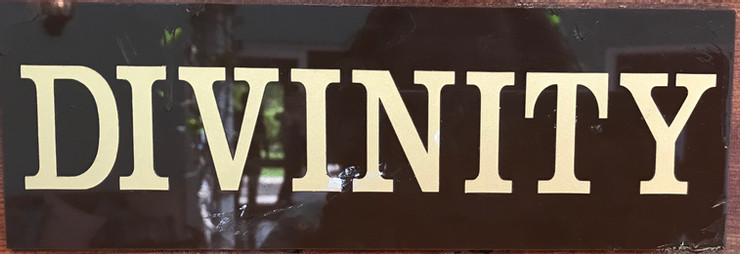
3. Why did you focus on that particular man in the church? Is there any special reason behind that?
The man in the church, a priest , is conducting the Russian Orthodox Easter service. First hearing his words in the film I decided to take them out for a sound of his ringing a big bell meant more .Of course when entering he greeted me loudly jarring me saying “Christ Has Risen! “Now that would have been fine to have in the footage but we don’t always have the right to record one another, just like that , to serve our art. So my decision was, leave it as is.
Yes I feel he is important. He guided his Orthodox Easter meaning. His white cassock and tall head covering looked like wings ascending. It is about veneration. When he walks around the altar he leads his congregation to kiss iconic images. So in a sense he guided us towards deeper intimacy to God. And he is a distinct difference earlier to the Russian men sitting around a table chatting. I almost did not put him in frames so I definitely understand your question. Because he dominates the scene somewhat doesn’t he? But he is crucial to showing their faith because the characters in the larger story are Russian. And I believe faith for people is intrinsically personal.
The interpreter is Russian – American and deeply , quietly a person of faith. While his antagonist, a lawyer is Russian and is devoted to government or clients. I feel that privately we arrive at solemnity. Ultimately who are we beholden to?
4. Your interaction with the local people matches the style of Abbas Kiarostami. Do you want to comment anything on that?
No dictatorship can control our dreams.
Even in a prison you still have the ability to live your sentence outside of your cell , through your imagination you can pass over the insurmountable walls Kiarostami says.
I’m grateful for the comparison to Abbas Kiarostami. I am not so familiar with his films until this interview. He once said that life like a tree can’t be uprooted safely. Like creativity one’s life might not be so fruitful. He believes in village life. His characters are not typical. And so when we witness the ordinary it is hugely meaningful for us all. (We lost that during covid).
Occasionally he used art from printed pages in books like lithos. Perhaps a love of poetry as image is something we share.
He spoke about our dream life. Maybe I want to revere that dream imagery. Maybe it is not allowed enough in our work lives. Those transitory thoughts, though we hardly utter them can be conveyed through poetic images. Self acceptance, psychologically or spiritually occasionally forfeited. Why?
5. We see a different kind of image of suffering rather than Christ’s traditional image. What’s your take on it?
This is a deliberate choice. Easter a favorite time and especially for those who are celebrating it in Russian Orthodoxy. And it is the resurrection which really looks forwards through hope, and carries us through trials. Uncertainties are calmed . So that familiar image of suffering in your question is eclipsed by enlightenment. Love is also evoked as an earlier ever present image. It is electric and fleeting, impossible to grasp. Hence the lady trying to capture it on her mobile as it evaporates before her ironically, on a larger screen.
6. Why did you focus on the children more?
Children seemingly enjoy an a priori innocence unless that is curtailed through fear. In the larger play The Meeting ( the interpreter) the protagonist wants to protect his child from harm of forces seeming sometimes above his control. He wants to be able to hold on to an old fashioned idealism for himself and his family. So that when we hear a doorbell announcing the FBI arrival, his reflection quoting Saint Jerome “ burden not thyself above thy power “ honored his daughter and himself, the child within.
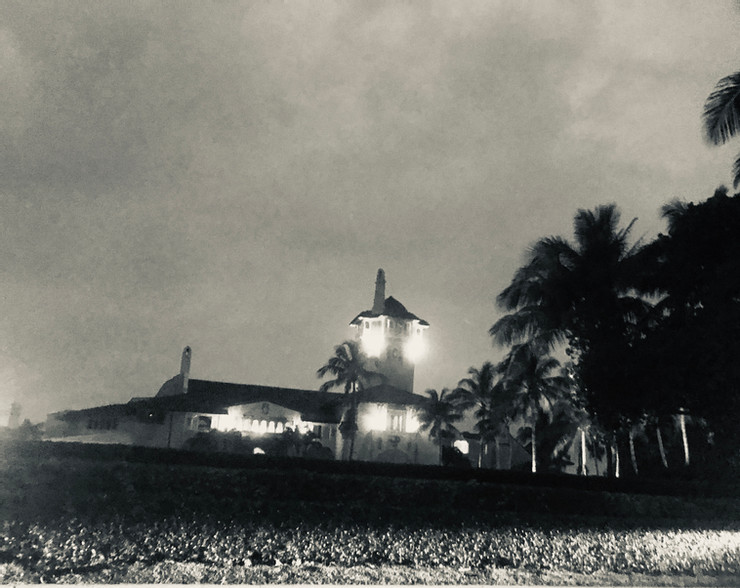
7. Does the painter stands as a metaphor?
Painter as metaphor. Absolutely! The painter in my earlier scene is raw truth. There he stands at his easel and looks at the world around him. Who really controls the world is asked in an earlier frame? Well he controls his world first and foremost. That child within, never guarded or so grown up not to interpret the life they witness. Even though this particular painter discusses the perspective of that archway with light and dark he also is taking in life in the streets .We glimpse an elderly man walking with a cane or see people leaving for work. The utter freedom in this painter’s choices , who he trusts or how he interprets those around him or his landscape or light. Eventually he paints the arch and those blues and darker shades and resolution happens, because if it doesn’t the brush strokes have no meaning. Gently, deliberately applying them to his canvas. Dipping on to his paint pallet until truth emerges. Painter metaphor you ask? Definitely, yes.
8. You’ve focused on both the image of usual daily life and festivity. What’s the contrast that you’ve tried to draw?
The image of usual daily life and festivity is necessary. There are festivities in simple chores like washing clothes as there are in traditions. Perhaps we prefer coffees in squares, smiling and talking. More often we meet up in congregations and share worship and talk with God in a way. This reverence for doing simple pleasures starkly contrast with the legalistic formalistic structures of the seemingly endless rounds of interrogation . Alluded to in excerpts in testimony. Not allowing those to interpret how we choose to live. Self honor really through simpler festivities, customs.
9. What’s your intention for showing an ancient Hindu god-like statue?
I choose the Hindu god like statue for two reasons really. Brahma is a God with a creative force for good so long as it is not misinterpreted. This wooden image reveres a raw hand carving manmade and it’s texture evokes a primitive yet not ostentatious interpretation of something. So it’s carver believes in something greater than self. Also many moons ago I spent a spectacular few days in Benares and absorbed their ritual of going to temples and waking at sunrise, daily. Sun is their clock. Their faith was Hindu and a very deep practice within prayer with chanting , colors , black ghats in silhouette to an amber sunrise permeated my soul. Making rice cakes and orange marigolds they would mirror lotus blossoms, dropping them into the Ganges , letting go of self. Then these bright reverent orange marigold blossoms floated on currents away from our boats as if it was the most natural thing ever. Oracles of awakening. I think for those living in Benares or Varanasi, they all hold on to their simpler childhoods sort of where poverty and ritual come together. It is no accident I include an image of Mother Teresa (who could have done service anywhere choosing Calcutta, the poorest of the poor to serve).
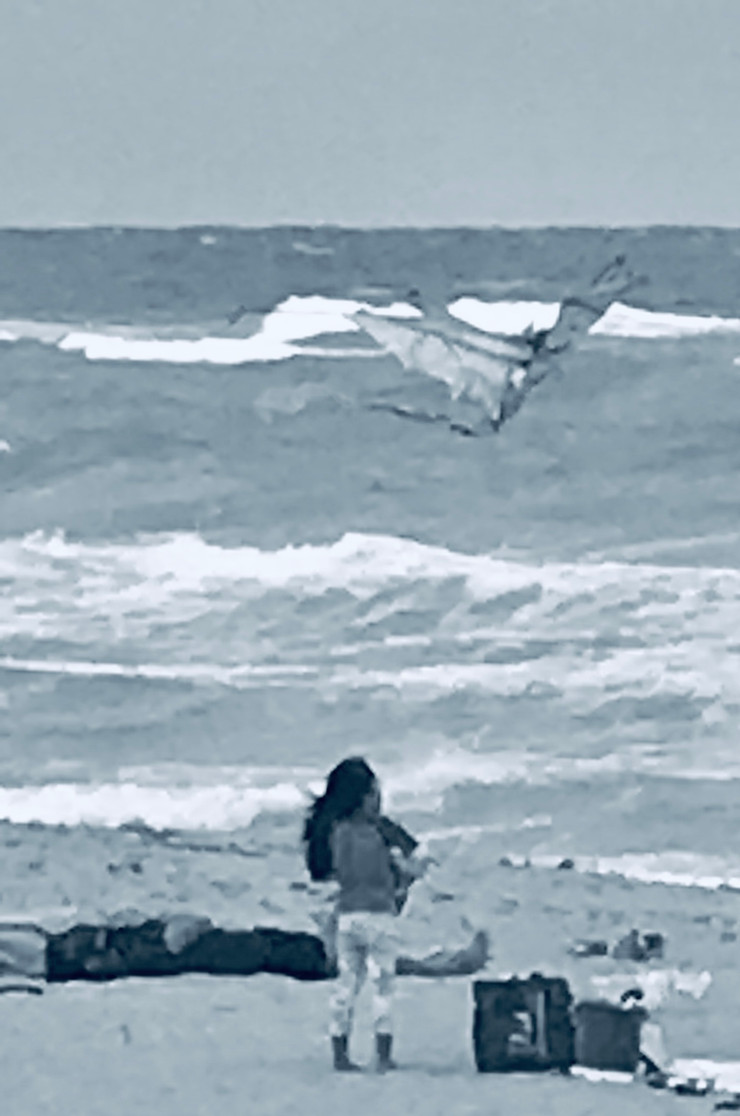
10. Isn’t the movie more than revealing the relationship between the common folk and God?
Yes totally. The movie reveals the beginning of the Trump Tower Meeting of June 2016. Viewers catch glimpses of Russians and Americans. The lawyer Natalia who is shown in a brief image. She brings her brilliant interpreter to attend the meeting with Don Jr. who is focused is on bringing political ammunition.
Several players are Russian-Americas. The interpreter must interpret what his client says. Natalia begins her bait and switch rather than reveal dirt on Hillary. She talks about her agenda to overturn The Magnitsky Act saying its more bravado than about human rights. Though we glean how individuals give up personal validation for other loyalty. Later the interpreter comes to defend an inner life he must fight to preserve. His reverence for what matters most emerges eventually. Loyal to America and to his Russia roots he chooses to emancipate from how others try to control his responses. He mentions Saint Jerome as the first translator of the Bible into Latin which catches his senator off guard during a testimony. And for a wistful moment we sense that this erudite interpreter knows more who he is than his questioner. So we again are introduced to biblical imagery as symbolic. Such transitory moments flood The Meeting, the interpreter. The imagery in the village is in my opinion the greater truth. People control their own world by doing their daily love of tasks.The micro slice of what occurred in that Meeting conference room is more an exception, an aberration from poignant living.
11. Why did choose the documentary form to make your standpoint clear?
Docudrama takes us into a journey where we follow a human being, a man of an older strength who for a spell loses his way until tapping into his truth. This interpreter is very different from the rest of the meeting’s attendees. Unlike most of them or the rest of us caught up in the wheel of political and professional opportunity. He being trustworthy, interprets truth for everyone as a Russian-American translator. He can find the personal meaning behind people’s emotions and still stick to the job at hand. So others in scenes rightly assume he will play by their rules. In a documentary drama it’s imperative to stick to the facts. When the Russian lawyer pulls a bait and switch,to remove American sanctions in Russia, the Meeting becomes the subject of collusion. That began the reinterpretation of why they were really there. Her translator was there solely to interpret. That Meeting their conference room is presented factually and accurately.
In a historical sense we occasionally explore the personal history of a person. In the end of the play he boards a midtown bus for a newer frontier having made connection to his real self. This is a startling contrast to another video in this series. We watch families board a Broadway bus advertising a sign on the front saying evil . Amidst city hustle.
The interpreter is there for all of us who listen to him to show that it is ok to reveal vulnerabilities . Maybe even necessary. Through family, friends and through self trust he almost arrives at interpreting who is truly is until tapping towards his down deep truest being. No one else can interpret that part of ourselves. Perhaps it’s between us and God.
